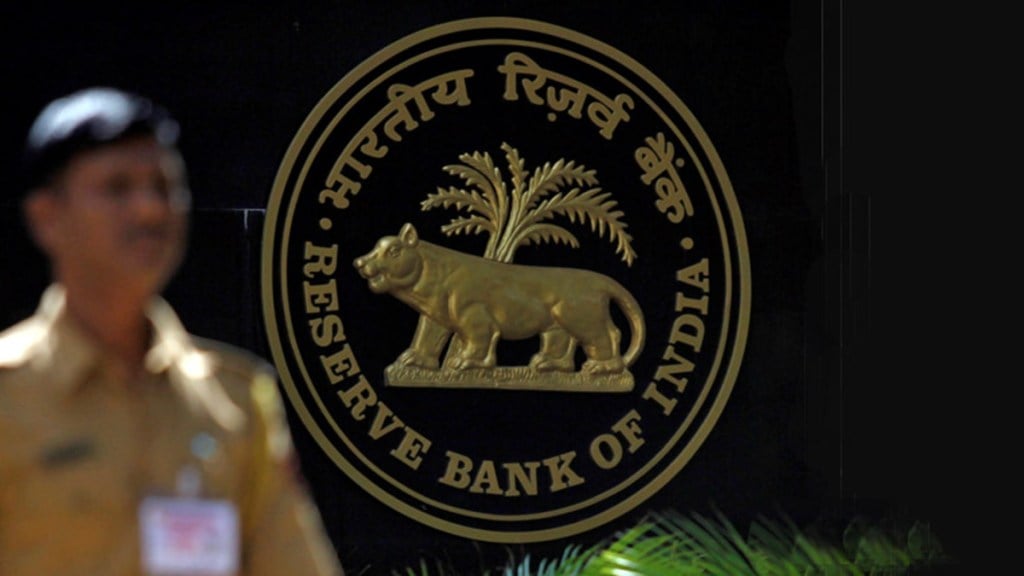The Reserve Bank of India (RBI) Board on Friday announced the dividend payout worth Rs 2.69 lakh crore for the central government for the fiscal year 2024-25. This is the highest ever surplus paid by the central bank and is 27 per cent higher in comparison to FY24. The decision on the dividend payout was taken at the 616th meeting of the Central Board of Directors of RBI under the Chairmanship of Governor Sanjay Malhotra.
At the 616th Meeting which took place on Friday in Mumbai, the board reviewed the global and domestic economic scenario, including risks to the outlook and decided to transfer a surplus of Rs 2,68,590.07 crore to the Narendra Modi-led government.
The bonus amount will help the country in its push to narrow the fiscal deficit to 4.4 per cent for this fiscal year.
Further, based on the revised ECF, and taking into consideration the macroeconomic assessment, the Central Board decided to further increase the contingency risk buffer (CRB) to 7.50 per cent from the previous 6.5 per cent, RBI said.
For FY24, the RBI had paid a record Rs 2.1 lakh crore dividend to the government and before that, for financial year 2022-23, the payout was Rs 87,416 crore. Economists had pegged the surplus transfer to the government in the range of Rs 2.5-3.5 lakh crore for the financial year.
Economists had maintained that the central bank has probably made good profits because the rupee lost value (forex revaluation gains) and because it earned returns from government bonds, owing to active liquidity and interest rate management.
Every year, the RBI transfers a certain amount to the central government through the surplus income it generates from investments, fluctuations in the valuation of its dollar reserves, and revenue earned from currency printing fees.
Review of Economic Capital Framework
Last week, the RBI board “reviewed” the Economic Capital Framework (ECF), which sets the norms for how much of its profits it retains versus how much it transfers. According to government sources as quoted by PTI, Bimal Jalan committee recommendations have “stood the test of time” and only some tweaking may be required for the coming five years. The source said that at a time when the economy is seeing a steady, consistent growth, some alteration in dividend transfer formula may be required to suggest what should be the set formula for the next five years.
The dividend transfer so far has been calculated based on the Bimal Jalan-panel’s ECF recommendations.

